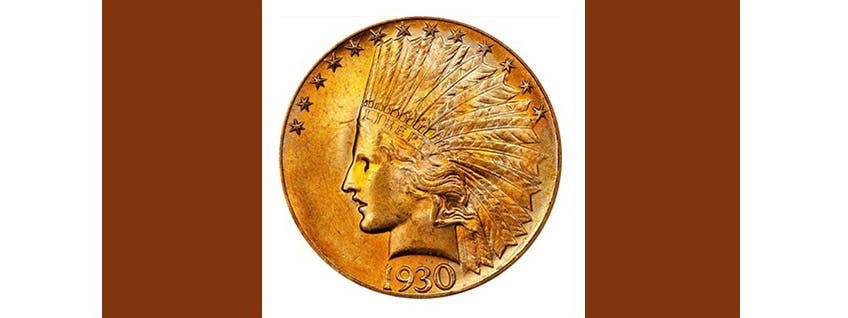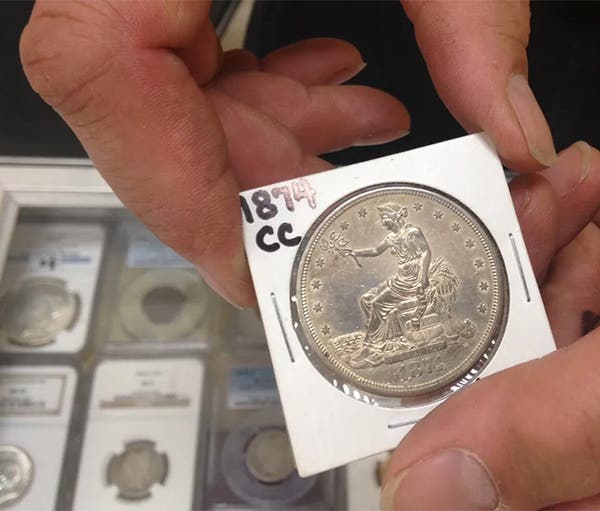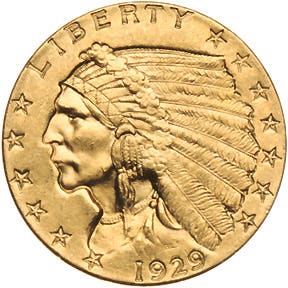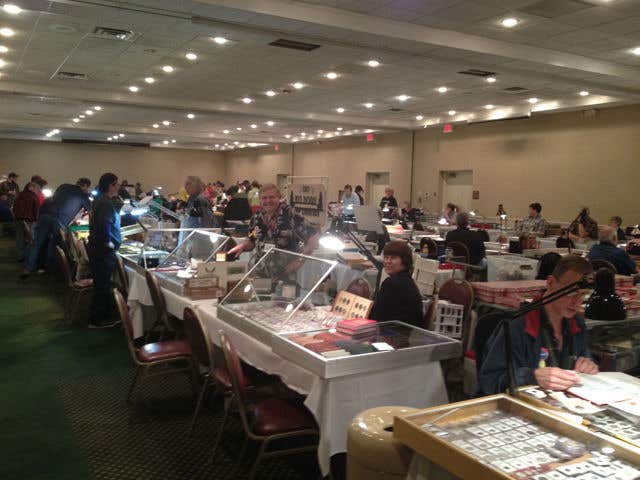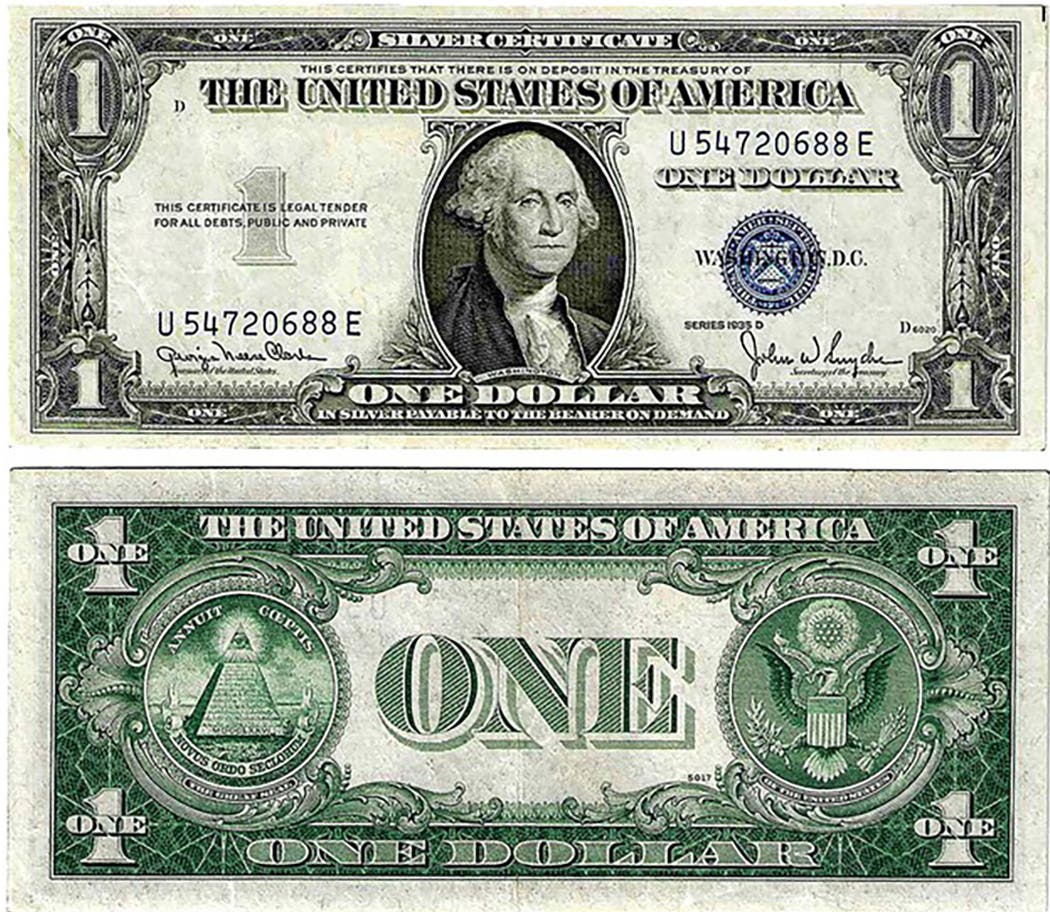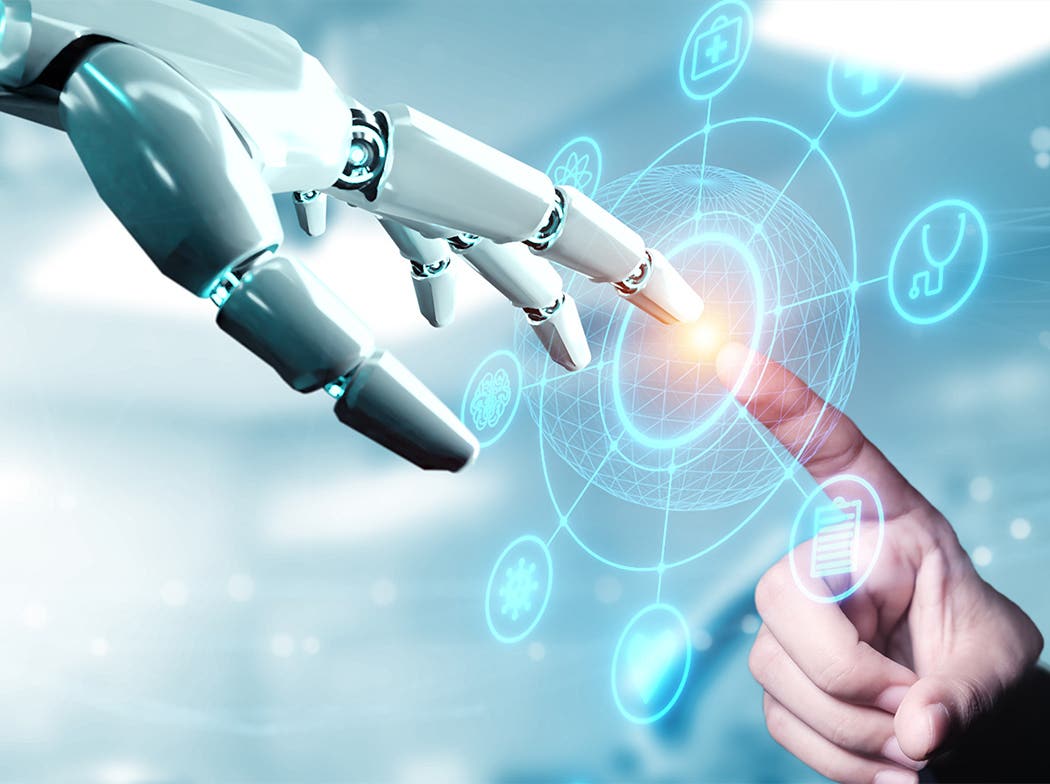e-Letters: May 31, 2023
Have you encountered or unknowingly acquired a counterfeit coin? If so, what did you do? Yes, I recently purchased a 1936 Wisconsin Territorial Centennial and, when it arrived, sure enough…
Have you encountered or unknowingly acquired a counterfeit coin? If so, what did you do?
Yes, I recently purchased a 1936 Wisconsin Territorial Centennial and, when it arrived, sure enough it was a fake! I was highly upset to say the least. But fortunately for me I did get a refund after a couple of weeks. But the disappointment is still here. I haven’t even seen one for sale since, either.
Kenneth Matthew Warner
Address withheld
While on a Mexican Riviera Cruise last month I visited a little shop in Northern Mexico. My wife had engaged the owner and was discussing her purchases. I became a little bored and started looking around. On a bottom shelf I discovered a small dish mainly filled with silver pesos. I’m not that familiar with pesos but to my surprise I found a rough 1967 Kennedy half and a 1796 Draped Bust dollar. I asked the proprietor how much he wanted for them. He said $35 for the dollar and $18 for the half. I explained to him that the half was only 40 percent silver but I would take the dollar. I couldn’t believe my good fortune and couldn’t wait to have it graded. When I got home I immediately sent the coin to NGC and waited to add it to my collection. It didn’t take long to get it back marked “Not Genuine.” It was fun and my greatest find for a while.
Ron Rudnick
Address withheld
While my career was in the Chicagoland area I bought many collections. Not once was I ever offered a fake or counterfeit coin. After I moved to Scottsdale I resumed buying collections. I now have a collection of over 50 fake and counterfeit coins and two paper bills dating back to the old Tombstone days. It got so that I started carrying a magnet with me. Some of the fakes were of very poor quality and were obvious fakes. A few others were so good I could not tell for sure if they were fake. One was a 1916-D Mercury dime that was so good I actually sent it in to PCGS for a confirmation. Yup, it came back fake. When I run across a fake I offer the seller $5 for the coin. I figure it is a cheap price to remove it from the general population. Of all the fakes I have encountered I have been pinched three times and lost about $200 in the process. I actually consider myself luck it was only $200. One lady I encountered had a bag full of old dollar coins dating way back into the 1800s. There must have been 40 of them. They looked really nice grading out at about Fine to Very Fine. Out came my magnet and sure as heck they all stuck to it. In this case I declined to buy the coins as I felt she would have thought I was trying to steal them. Fakes and counterfeit coins are out there and a buyer must be very careful. If you are absolutely not sure about a coin, pass on it.
Harold Skripsky
Louisburg, N.C.
Yes, I acquired a cast copy of a Bar cent, a really good looking one, at an old country auction in York County, Pa., near the Maryland border. It was so “back country” that GPS and the wireless internet didn’t even work there. My phone showed “No Service.” Even turn-by-turn driving directions didn’t work there. At the price I paid, no one would believe it was real, and it wasn’t. I still have it as a prop for a talk on fakes.
V. Kurt Bellman
Arab, Ala.
As far as I know, all my coins are genuine. I collect mostly circulated grades of all denominations, except gold. However, a few years ago, a friend brought me a Morgan dollar that he wanted me to appraise for him. It didn’t look right from the beginning – it had a grainy surface and mushy details – but I took it home and weighed it and the weight was way off. I asked him if I could take it to a jeweler and have it examined. The shop used an x-ray machine and determined it was an iron core plated with a nickel alloy. He was quite disappointed. I did not ask him how much he had invested in the coin.
Daryl Conley
New Mexico
During my collecting years, as I began to purchase more expensive coins, I was buying from more trusted dealers, and very seldom had any concern about anything I purchased. But one dealer I dealt with personally did identify a Cyprus 45 piasters that I had acquired previously as a frosty BU was counterfeit. I had already held the coin so long and the expense relatively minimal, so I displayed the coin with a genuine BU and a nice proof example. I made a couple of presentations featuring the three to Atlanta coin clubs, which were well received. Later, when we were preparing my collection for auction in 2012, I discovered that my Egypt 1958 half pound in red gold was also counterfeit. It had also been in my possession for some time, the seller long gone, but it turned out to be an 18 karat copy, pretty common in the Mid East, so I sold it for the gold, which turned out to be more than I had paid earlier for it.
I spent several years in Turkey in the Air Force and while there learned to look carefully at particularly gold coins – it seems that counterfeits made of the proper alloys were an accepted practice. Wish everyone who gets duped could get off as luckily as I did.
Ted Reams
Address withheld
I thought I was ordering 10 2021 Morgans for $100 from an Ohio dealer. They came from what I discovered was a warehouse in California. A little light in weight by around half a gram each. Didn’t sound like silver either. Took them to a local show and my suspicions were confirmed. Called PayPal and they refunded my money.
Name and address withheld
I purchased two ancient coins for $100 each in St. Petersburg, Fla., in 2011. I was pretty sure they were fakes, but being new to the field, I took a chance.
I had a friend/dealer specializing in ancient coins look at the coins. He confirmed they were fakes and explained why they were fakes. I gained a wealth of knowledge and chalked the purchase up as a “learning experience.” Still have the two fakes in my collection to remind me that knowledge and purchasing coins from a reputable dealer remain as keys to successful collecting.
Lorne Lavertu
Herndon, Va.
I got a counterfeit half dollar in a roll of half dollars I bought at a bank. I still have it.
David Dreher
Address withheld
I purchased a number of U.S. Indian Head and Lincoln Head cent rolls through auction on eBay. I subsequently submitted a number of the marquee coins to PCGS for grading. Six came back as being counterfeit. I contacted the sellers through eBay informing them of PCGS’s determination and ultimately all refunded all, or a significant portion, of what I had paid. Some time later I decided to re-submit the coins to NGC as a form of confirmation and NGC confirmed that they were counterfeits. Not wanting to remain in possession of counterfeit coins, I turned the coins over to the Anti-Counterfeiting Task Force. To date, I have not received any response from the Task Force.
John Daggett
Carlsbad, Calif.
Yes. I purchased a counterfeit $5 gold piece and I use it as a golf ball marker on the greens. It impresses my playing partners!
Jon Zampedro
Ashburn, Va.
I collected coins with my father growing up. We lived in a small town and didn’t go to any shows. Hadn’t even heard of the ANA for all I know. We just dealt with people in the community. There was a man who moved to our town to get his daughters away from the city and its influences over them. He sold real estate, was a slum landlord and was a bondsman also. Anyway, he got my dad to be a regular customer with him buying coins. (He knew a hayseed when he saw one!) My dad bought all sorts of wonderful things from him including two 1911 unc. $10 gold pieces and a roll of 1961 “ball bat” Lincoln cents (not to be confused with brick bats) and other useless junk my dad thought was neat. (There might have been a jackalope wall mounting in there somewhere also.)
After my dad passed, I started finishing off his various series of U.S. coins to honor him. I always kept the two gold coins because I thought they would make me rich. After all, they were uncirculated to my untrained eye.
Eventually, I joined the ANA and started taking classes in Colorado for the Summer Seminars. I took a grading class, a counterfeit detection class and others each summer until I felt I could safely decide just what my dad had purchased.
Well, Mr. Smooth-Talking City Guy had sold Dad two counterfeit gold pieces. I kept them as long as I could, but children, college degrees, weddings and all the other facets of life took a toll to where I finally thought it was time to sell them. I took them to a dealer in Lansing, Mich., that I could trust and had the coins scanned for gold content. I’m fairly sure my dad didn’t pay much more that what gold was worth back in the early ’60s, but he hadn’t purchased legitimate coins.
There’s more to the story, but I’ve rambled on long enough already. Old people, what are you going to do with them?
I did start doing coin appraisals for people and found a number of gold counterfeits over the years. But again, that’s another story.
Coach Jennings
Petersburg, Mich.
Yes, I have purchased a counterfeit coin in the past . It was an 1884 $2-1/2 gold piece. Everything seemed to me to be correct. But the coin was raw (un-certified and un-encapsulated). I sent it to PCGS to have it graded and encapsulated. Only to have it returned to me as not authentic! I immediately contacted the seller, who refused to refund my money. I then informed the seller that selling a counterfeit coin under the pretense of it being authentic was a Federal crime. Also that I intended to seek legal means for restitution.
The seller contacted me after only a brief pause and then agreed to refund my money.
Best advice to all concerned: If the coin was worth the purchase to you, then it should be worth getting it certified by a top grading service, just to be sure you’re getting what you’ve paid for!
Jay Kirk
Owensboro, Ky.
I have encountered and knowingly bought counterfeit coins. I am a numismatist educator and I build sets of fake and real coins that I use during my presentations and/or workshops on the subject. I ask the collector: Which one is fake?
I wrote a few articles about fake coins to help collectors with their identification, including taking measurements and comparing data specs with the real ones. Using detailed pictures, I again compare fake ones with the real ones.
François Rufiange
Quebec City, Canada
I purchased on eBay what I suspected (from the price) was a counterfeit Krugerrand. Upon its arrival I was able to verify that it was counterfeit. The weight and the diameter were wrong, but it was otherwise a very beautifully executed counterfeit. Thus far, I have simply kept it and shown it to a few people as an example of what can be done. I will soon destroy it, since it is not marked in any way as a copy and would be an easy basis for fraud if it passed to the hands of an unscrupulous collector.
Mark Brown
Syracuse, N.Y.
Left it in the bag and chalked it up to experience after learning what mistakes I made.
Richard Goodwin
Address withheld
No. If the coin is a reasonable facsimile, how is the casual collector, which I consider myself, to know it’s a counterfeit? From the sage advice I’ve been given, if you’re going to spend a pile of money on a single coin, you darn well better be sure it’s the real deal, either through certification or authenticated by someone knowledgeable.
Chris Kierski
Maysville, W.Va.
I’ve seen many counterfeits come through my doors. Magnetic proof silver Eagles, nice-looking Walkers, Mercs, Barber dimes struck in pot metal, nasty looking Morgan and Peace dollars. One of the most interesting was the fellow who came in with four Seated Liberty dimes dated 1862-O. After I was done laughing, I explained why they were not real.
Ben Brauchler
Fredonia Coin & Treasure LLC
Fredonia, N.Y.
Yes, I once unknowingly bought a counterfeit coin. This was back during the Vietnam War. I got a short R&R leave and went to Taiwan for a few days. There I bought an 1874-CC Trade dollar to bring back as a gift to my mother. When I returned home, I gave her the coin. She kept the coin until she died. I then held the coin as a memento for many years, but eventually sent the coin in for grading and it came back in the dreaded body bag stating the coin was of questionable authenticity – a polite term for a fake, I guess. I finally gave the coin away to a friend with that background story.
George Kissinger
Spooner, Wis.

